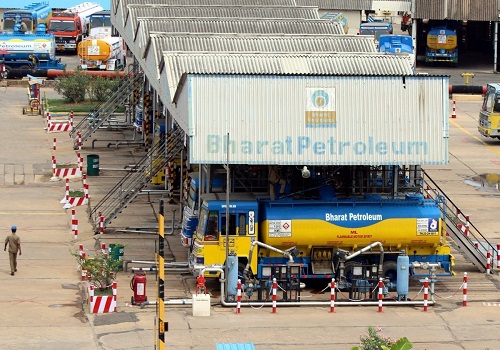India's growth in digital ecosystem unusual but offers model for developing countries

Follow us Now on Telegram ! Get daily 10 - 12 important updates on Business, Finance and Investment. Join our Telegram Channel
Over the past five years, Indias mobile internet and digital services ecosystem has grown rapidly, owing to the pioneering efforts of large private sector players.
Although this industry-led growth is somewhat unusual, it offers a model that could benefit other developing countries, wrote Michael Spence, a Nobel laureate in economics, in Project Syndicate.
Spence is a Professor Emeritus of economics and a former dean of the Graduate School of Business at the Stanford University.
"Reliance is a large and profitable energy company that used its resources to finance long-term investments in the mobile internet ecosystem, setting the stage for Jio Platforms' rapid expansion. That model, which did not require significant public sector investment, probably will not work everywhere," Spence wrote.
More chapters in the Digital India story will be written in the coming years. But the country already offers important lessons for understanding and adapting development models to an era in which traditional sources of employment (especially manufacturing) will be displaced by automation and Artificial Intelligence, he wrote.
India has experienced an unusually rapid expansion of digital connectivity and access to services. This has had a positive impact on the inclusiveness of economic growth; on efficiency and productivity in retail, supply chains, and finance; and on entrepreneurial activity, Spence wrote.
Reliance Jio invested heavily in building the fiber-optic infrastructure to support broadband access and a national mobile internet system. During this period, Reliance Jio was granted the right to use the same spectrum for voice services, in addition to data, allowing it to introduce highly affordable smartphones with extremely low-cost data plans. Reliance Jio mobile phones and voice and data services were launched in 2016, Spence wrote.
The result was explosive growth in the number of Jio subscribers (which reached 400 million in 2020) and smartphone users across the country. Data costs in India went from being among the highest in the world to the lowest -- from roughly $3.50 per gigabyte before Jio to less than $0.30 cents per GB after its entry and expansion.
The combination of higher speeds and low costs led to rapid growth in internet use in multiple sectors, including e-commerce, social media, streaming video and other forms of digital content.
The major players – including Amazon, Netflix and Facebook – entered the Indian market or expanded their presence there, Spence wrote.
The data prices that Reliance Jio set upon entry would seem unlikely to have been sustainable in the long run. But the company benefited from some excess capacity in the underlying network infrastructure; and, more importantly, it used its early growth to integrate forward into a wider range of profitable service offerings on its network, enhancing the returns on the investment in low-cost mobile-internet offerings, the article said.
Since its inception, Jio Platforms has created a long list of digital-services apps and taken majority stakes in a growing number of companies providing similar services. These strategies have fueled the rapid growth of India's mobile internet, expanding opportunities for startups and entrepreneurs, he added.












 320-x-100_uti_gold.jpg" alt="Advertisement">
320-x-100_uti_gold.jpg" alt="Advertisement">












